Your One-Stop Shop for Everyday Essentials & Unique Finds
Essential Cold Weather Gear for Outdoors: Stay Warm and Active This Winter
As winter approaches, it's crucial to gear up properly for outdoor activities. The right cold weather gear for outdoors can make all the difference between enjoying the beauty of the season and battling the chill. Whether you're planning a hike, skiing, or just taking a stroll, having the right layers and accessories will keep you warm, comfortable, and active. Let's break down the essentials that will help you embrace the cold instead of shying away from it.
Key Takeaways
- Invest in moisture-wicking base layers to stay dry and warm.
- Choose insulated outerwear that fits well and suits your activity level.
- Select waterproof and insulated footwear to keep your feet warm and dry.
- Don't forget essential accessories like gloves, hats, and neck gaiters for extra warmth.
- Regularly maintain your gear to prolong its lifespan and effectiveness.
Choosing The Right Base Layers
Base layers are the unsung heroes of cold-weather comfort! They're the first line of defense against the chill, working hard to keep you dry and warm so you can enjoy your outdoor adventures. Let's get into how to pick the perfect ones.
Importance Of Moisture-Wicking Fabrics
Okay, so why is moisture-wicking so important? Imagine working up a sweat while hiking, and then that sweat just sits against your skin. Brrr! That's a recipe for getting cold fast. Moisture-wicking fabrics pull sweat away from your body, allowing it to evaporate and keeping you dry and comfy. Think of it as your personal climate control system.
Layering For Comfort
Layering is the name of the game when it comes to staying comfortable in the cold. Your base layer is the foundation, and it should fit snugly against your skin without being too tight. This allows it to do its job of wicking away moisture effectively. From there, you can add mid-layers for insulation and an outer layer for protection against wind and rain. The key is to have layers you can easily add or remove as the temperature changes or your activity level increases.
Best Materials For Base Layers
When it comes to base layer materials, you've got a few solid options:
- Merino Wool: A natural fiber that's soft, warm, and odor-resistant. It's a bit pricier, but many people swear by it.
- Synthetic Fabrics (Polyester, Nylon): These are great at wicking moisture and are often more affordable than merino wool. They can sometimes retain odors more easily, though.
- Silk: Lightweight and comfortable, but not as warm as wool or as effective at wicking moisture as synthetics.
Choosing the right base layer material really depends on your personal preferences and the type of activity you'll be doing. Consider factors like warmth, breathability, and price to find the perfect fit for you.
Insulated Outerwear Options
Types Of Insulated Jackets
Okay, so you're ready to brave the cold? Awesome! Let's talk jackets. There's a whole world of insulated jackets out there, each designed for different levels of activity and cold. You've got your classic puffer jackets, which are great for keeping you super warm when you're not moving around too much. Then there are more streamlined options, like insulated softshell jackets, perfect if you're planning on being active and need something breathable. And don't forget about parkas – those are your go-to for seriously cold weather when you need maximum protection. Think about what you'll be doing outside, and that'll help you narrow down your choice.
Choosing The Right Fit
Fit is super important! You don't want a jacket that's too tight, because that can restrict your movement and compress the insulation, making it less effective. On the other hand, if it's too loose, you'll lose heat. A good fit allows you to move freely while still trapping warmth close to your body. Try on jackets with the type of layers you'd normally wear underneath. Can you swing your arms comfortably? Can you bend over without feeling constricted? If so, you're on the right track. Also, pay attention to the length of the jacket. A longer jacket will provide more coverage and warmth, especially for your lower back and hips.
Features To Look For In Outerwear
Outerwear is more than just insulation! Think about the features that will make your life easier and keep you more comfortable. A good hood is a must, especially if you live somewhere with a lot of wind or snow. Look for one that's adjustable so you can cinch it down when needed. Pockets are also key – you can never have too many! Make sure they're in convenient locations and big enough to hold your essentials. And don't forget about things like adjustable cuffs, storm flaps over the zipper, and a high collar to keep the wind out. These little details can make a big difference in your overall comfort.
Choosing the right outerwear can feel overwhelming, but it's all about finding the right balance of warmth, breathability, and features for your specific needs. Don't be afraid to try on a bunch of different options and see what feels best for you. And remember, layering is key! Even the best jacket will be more effective if you're wearing the right base layers underneath.
Footwear That Keeps You Moving

Okay, let's talk about feet! When it's cold, keeping your feet warm and dry is super important. Nobody wants to be stuck outside with frozen toes. It can ruin your whole day, or worse. So, let's get into the nitty-gritty of choosing the right footwear for those chilly adventures.
Selecting Insulated Boots
Choosing the right insulated boots can feel overwhelming, but it doesn't have to be. Think about the kind of activities you'll be doing. Are you hiking, shoveling snow, or just walking around town? This will help determine the level of insulation you need. Look for boots with a temperature rating that matches the conditions you'll be facing. Also, consider the fit. Too tight, and your feet will get cold faster. Too loose, and you'll be sliding around.
- Consider the activity level.
- Check the temperature rating.
- Ensure a snug, but not tight, fit.
Waterproofing Essentials
Waterproofing is non-negotiable. Seriously. Wet feet in cold weather are a recipe for disaster. Look for boots with waterproof membranes like Gore-Tex or similar technologies. Even if a boot is advertised as waterproof, it's a good idea to treat it with a waterproofing spray or wax periodically to maintain its water resistance. Pay attention to the seams, as these are common entry points for water. Proper waterproofing will keep you comfortable and prevent issues like trench foot.
Waterproof boots are a must-have. There's no way around it. If your feet get wet, you're going to have a bad time. Trust me on this one.
Socks That Make A Difference
Don't underestimate the power of good socks! They're not just an afterthought; they're a crucial part of your cold-weather footwear system. Wool or synthetic socks are your best bet, as they wick away moisture and keep your feet warm even when wet. Avoid cotton socks like the plague – they absorb moisture and leave your feet feeling cold and clammy. Layering socks can also be a good idea in extremely cold conditions, but make sure your boots still fit comfortably with the extra layer. Consider wool gloves too, for your hands!
Here's a quick guide to sock materials:
| Material | Pros | Cons |
|---|---|---|
| Wool | Warm, wicks moisture, odor-resistant | Can be itchy, takes longer to dry |
| Synthetic | Dries quickly, durable, lightweight | Can retain odors, less warm than wool |
| Cotton | Soft, inexpensive | Absorbs moisture, poor insulation when wet |
Accessories For Extra Warmth
Okay, so you've got your base layers, your jacket, and your boots sorted. But don't underestimate the power of accessories! These are the unsung heroes of cold-weather comfort. They can make a huge difference in how warm and happy you are when you're out and about. Let's dive into some must-haves.
Must-Have Gloves And Mittens
Your hands are super vulnerable to the cold, so good handwear is non-negotiable. I've learned this the hard way! Mittens are generally warmer than gloves because they keep your fingers together, sharing heat. But gloves offer more dexterity, which is important if you need to use your hands a lot. Look for waterproof and windproof materials. Leather is a classic choice, but there are lots of great synthetic options too. Consider glove liners for extra warmth on those really frigid days. I personally love having a pair of touchscreen-compatible gloves so I don't have to expose my hands to use my phone.
Headwear That Protects
A good hat is absolutely essential. You lose a surprising amount of heat through your head. A beanie is a simple and effective option, but if you're dealing with really cold temperatures, consider a hat with ear flaps or even a balaclava that covers your entire head and neck. I've found that wool or fleece hats work best for me.
Neck Gaiters And Scarves
Don't forget about your neck! A neck gaiter or scarf can make a huge difference in keeping you warm and comfortable. Neck gaiters are great because they're versatile – you can pull them up over your face for extra protection in windy conditions. Scarves are classic and stylish, but make sure they're long enough to wrap around your neck a few times. I always keep a neck gaiter in my pocket just in case the weather turns nasty.
I remember one time I went hiking without a proper neck covering, and the wind was brutal. My neck was so cold that it ruined the whole experience. Now, I never leave home without a neck gaiter or scarf!
Layering Strategies For Active Days
Understanding Temperature Changes
Okay, so you're planning a hike, a ski trip, or maybe just a brisk walk in the park. The weather forecast says it'll be chilly, but sunny. Sounds simple, right? Not so fast! Temperatures can change dramatically, especially when you're active. What starts as a cool morning can quickly turn into a sweaty afternoon once you get moving. And that's where layering comes in. Think of it like this: you're building your own personal climate control system. The key is to be prepared for anything Mother Nature throws your way. Keep an eye on the sky and be ready to adjust!
Adjusting Layers On The Go
Layering isn't just about piling on clothes; it's about being adaptable. You've got to be ready to shed layers as you warm up and add them back on as you cool down. Here's how I usually handle it:
- Start with a light base layer. Something that wicks away sweat is ideal.
- Add an insulating mid-layer, like a fleece or a light down jacket.
- Top it off with a waterproof and windproof outer shell.
As you start to sweat, peel off that mid-layer. Stuff it in your backpack. If the wind picks up, throw the shell back on. It's all about finding that sweet spot where you're comfortable, not too hot, and not too cold. Don't be afraid to experiment and find what works best for you. For example, consider a moisture-wicking base layer to keep you dry.
Tips For Staying Comfortable
Staying comfortable during active days in cold weather is all about being proactive and paying attention to your body. Here are a few extra tips I've picked up over the years:
- Avoid cotton. Seriously, just don't do it. Cotton absorbs moisture and will leave you feeling cold and clammy.
- Ventilate! Many jackets have pit zips or other vents that allow you to release heat without taking off a layer. Use them!
- Stay hydrated. Dehydration can make you feel colder, so keep drinking water throughout the day.
Remember, everyone's different. What works for me might not work for you. The best way to figure out your layering system is to get out there and experiment. Don't be afraid to make mistakes. That's how you learn! And most importantly, have fun!
Durability And Maintenance Tips
Caring For Your Cold Weather Gear
Okay, so you've invested in some awesome cold weather gear. Now what? Well, taking care of it is super important if you want it to last. Think of it like this: your gear protects you, so you gotta protect your gear!
- Always check the care label. Seriously, those little symbols aren't just for decoration. They tell you exactly how to wash (or not wash) your stuff.
- Use gentle detergents. Harsh chemicals can break down the fibers and ruin the performance of your gear.
- Air dry whenever possible. Tumble dryers can be brutal, especially on waterproof fabrics.
I remember once throwing my favorite jacket in the dryer thinking it would be fine. Big mistake! The waterproof coating melted, and it was never the same. Learn from my mistakes, people!
Repairing Common Issues
Stuff happens, right? A little tear here, a broken zipper there. Don't panic! You can often fix these things yourself.
- Small tears can often be patched with repair tape. It's like a band-aid for your clothes.
- Replace broken zippers. It might sound intimidating, but there are tons of tutorials online, and it's way cheaper than buying a new jacket.
- Re-waterproof your gear. Over time, the waterproof coating can wear off. You can buy special sprays or washes to restore it.
Storage Solutions For Off-Season
When winter's over, don't just shove your gear in a box and forget about it. Proper storage is key to keeping it in good shape.
- Make sure everything is clean and dry before storing it. Moisture can lead to mold and mildew.
- Store your gear in a cool, dry place. Avoid attics or basements where temperatures and humidity can fluctuate.
- Use breathable storage bags. Plastic bags can trap moisture, which is a no-no.
Staying Safe In Extreme Conditions
Recognizing Signs Of Hypothermia
Okay, so you're out there enjoying the winter wonderland, but it's super important to know when things are getting a little too chilly. Hypothermia is no joke, and catching it early can make a huge difference. Basically, hypothermia happens when your body loses heat faster than it can produce it, leading to a dangerously low body temperature.
Here's what to watch out for:
- Shivering (though it might stop as hypothermia worsens)
- Confusion or memory loss
- Slurred speech
- Drowsiness
- Exhaustion
If you spot these signs in yourself or someone else, it's time to take action. Get inside, change into dry clothes, and warm up with blankets and a warm drink. If symptoms are severe, seek medical help ASAP. Knowing the signs of hypothermia can save a life.
Planning For Long Exposures
Spending a long time outdoors in the cold? Smart planning is your best friend. It's not just about throwing on a jacket and hoping for the best; it's about thinking ahead and being prepared for anything.
Here's a few things to consider:
- Check the weather forecast: Knowing what to expect helps you choose the right gear and plan your route.
- Tell someone your plans: Let a friend or family member know where you're going and when you expect to be back. That way, if something goes wrong, someone knows to look for you.
- Pack extra supplies: Bring extra food, water, and warm clothing. It's always better to have too much than not enough.
- Plan your route: Stick to familiar trails and avoid taking unnecessary risks.
Think of it like this: you're not just going for a hike; you're embarking on a mini-expedition. The more prepared you are, the safer and more enjoyable your adventure will be. Don't underestimate the power of a well-thought-out plan.
Emergency Gear Essentials
Alright, let's talk about the stuff you hope you never have to use but will be incredibly grateful for if you do. Emergency gear isn't just for survival experts; it's for anyone who spends time outdoors in the winter. Think of it as your insurance policy against the unexpected.
Here's a quick rundown of some must-have items:
- First-aid kit: Bandages, antiseptic wipes, pain relievers – the basics for treating minor injuries.
- Navigation tools: A map and compass (and knowing how to use them!) are essential, even if you have a GPS. Batteries die, signals get lost.
- Emergency shelter: A lightweight bivy sack or emergency blanket can provide crucial protection from the elements if you get stranded.
- Firestarter: Waterproof matches or a lighter and some tinder can help you start a fire for warmth and signaling.
- Signaling device: A whistle or signal mirror can help you attract attention if you need to be rescued.
Having the right emergency gear essentials can turn a potentially dangerous situation into a manageable one. Don't leave home without it!
Wrapping It Up: Gear Up for Winter Adventures!
So there you have it! With the right cold weather gear, you can totally enjoy the outdoors this winter. Whether you’re hitting the slopes, going for a hike, or just taking a stroll in the snow, being warm and comfortable makes all the difference. Remember, layering is key, and don’t forget those little extras like gloves and hats. So grab your gear, bundle up, and get ready to embrace the winter wonderland. It’s time to make some awesome memories out there!
Frequently Asked Questions
What are base layers and why are they important?
Base layers are the first layer of clothing you wear. They help keep you dry by pulling sweat away from your skin, which is important for staying warm.
How do I choose the right insulated jacket?
Look for jackets that fit well, have good insulation, and are made from materials that keep cold air out while allowing moisture to escape.
What should I look for in winter boots?
Choose boots that are insulated, waterproof, and have a good grip on the soles to prevent slipping on ice.
What accessories do I need to stay warm?
You should have warm gloves or mittens, a hat that covers your ears, and a neck gaiter or scarf to protect your neck from the cold.
How can I stay comfortable while being active in the cold?
Dress in layers so you can add or remove clothing as needed. This helps you stay warm but not too hot when you’re moving around.
How should I care for my winter gear?
Keep your gear clean and dry. Follow the washing instructions on the labels, and store them in a cool, dry place when not in use.

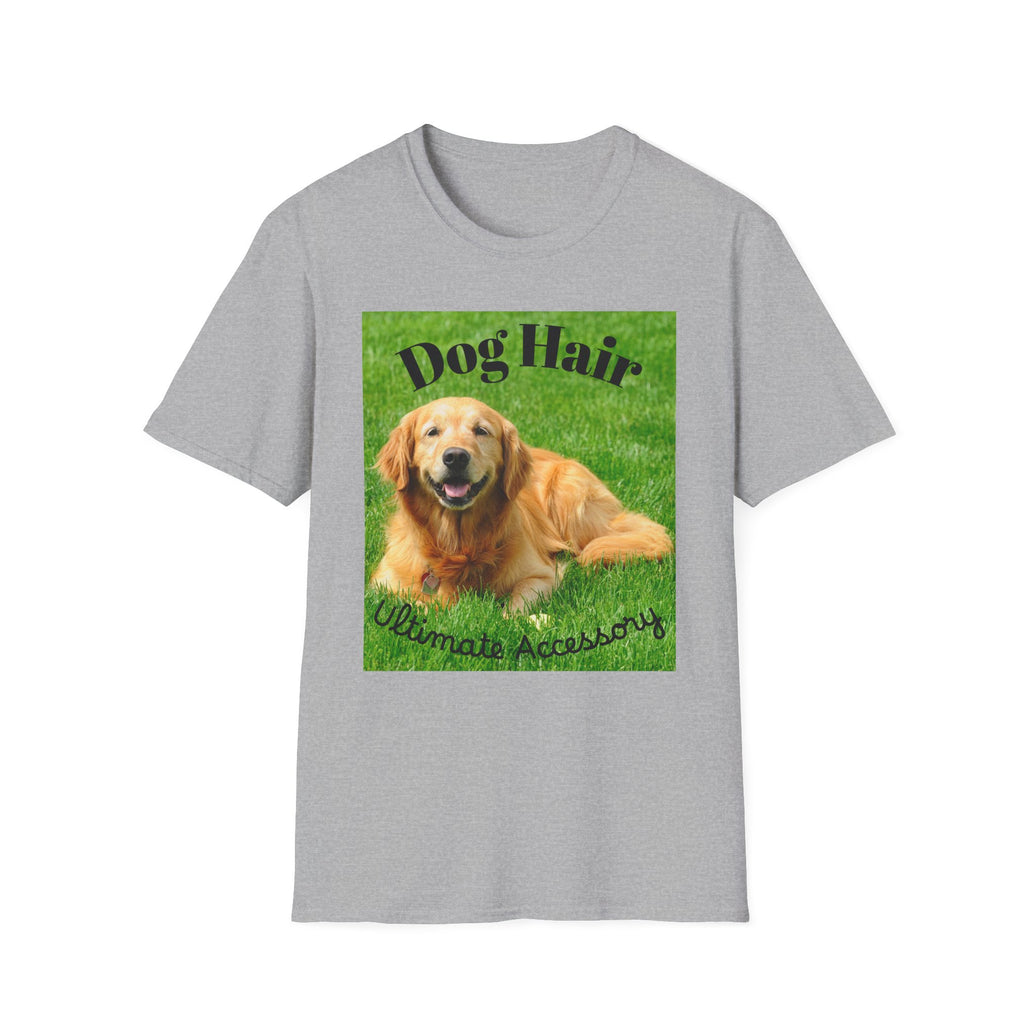
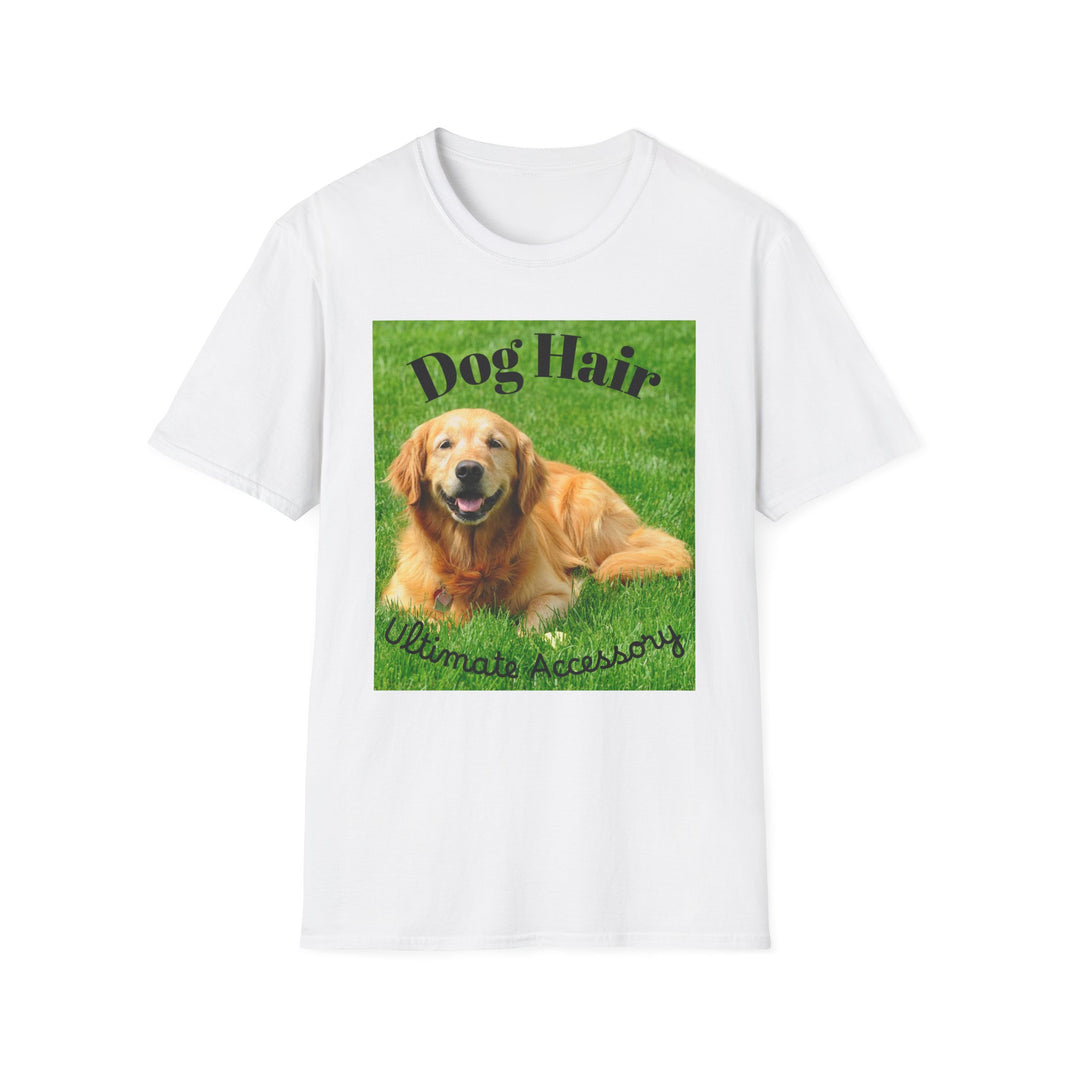
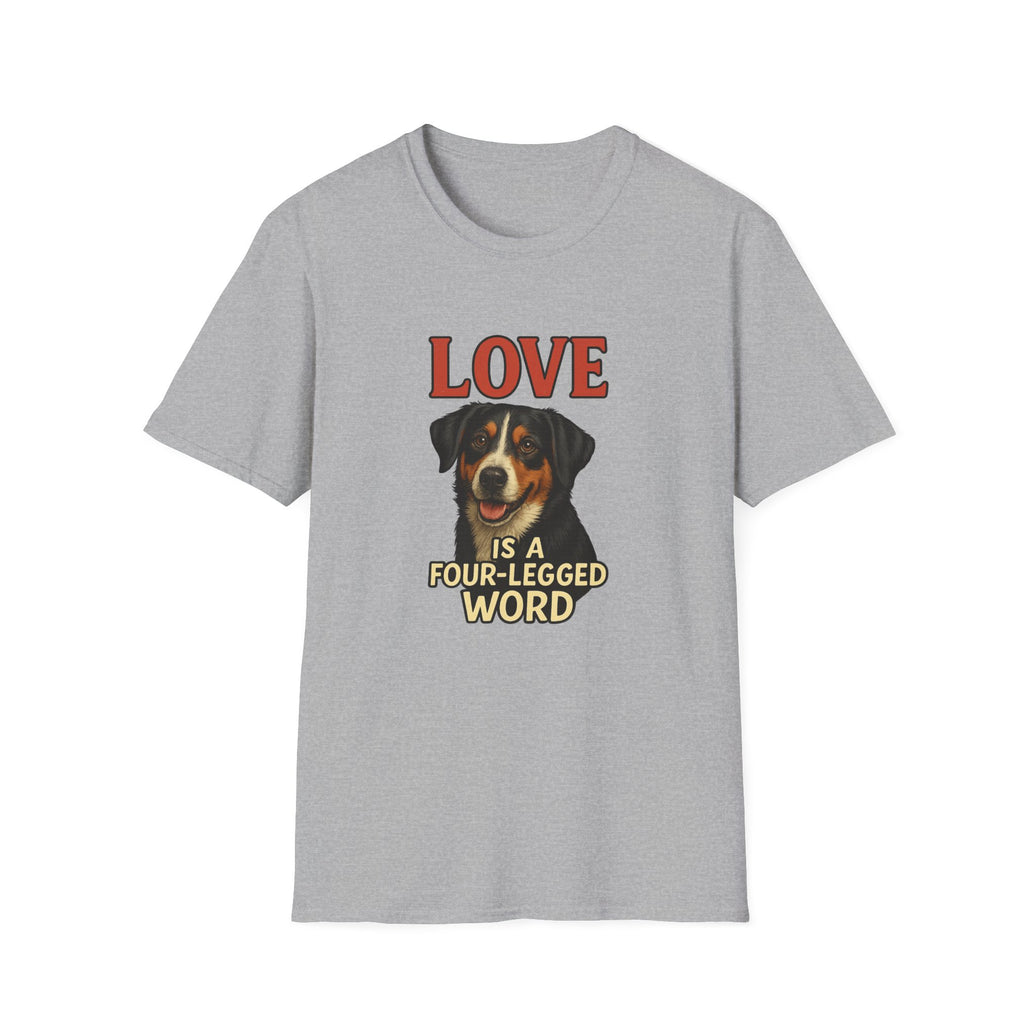

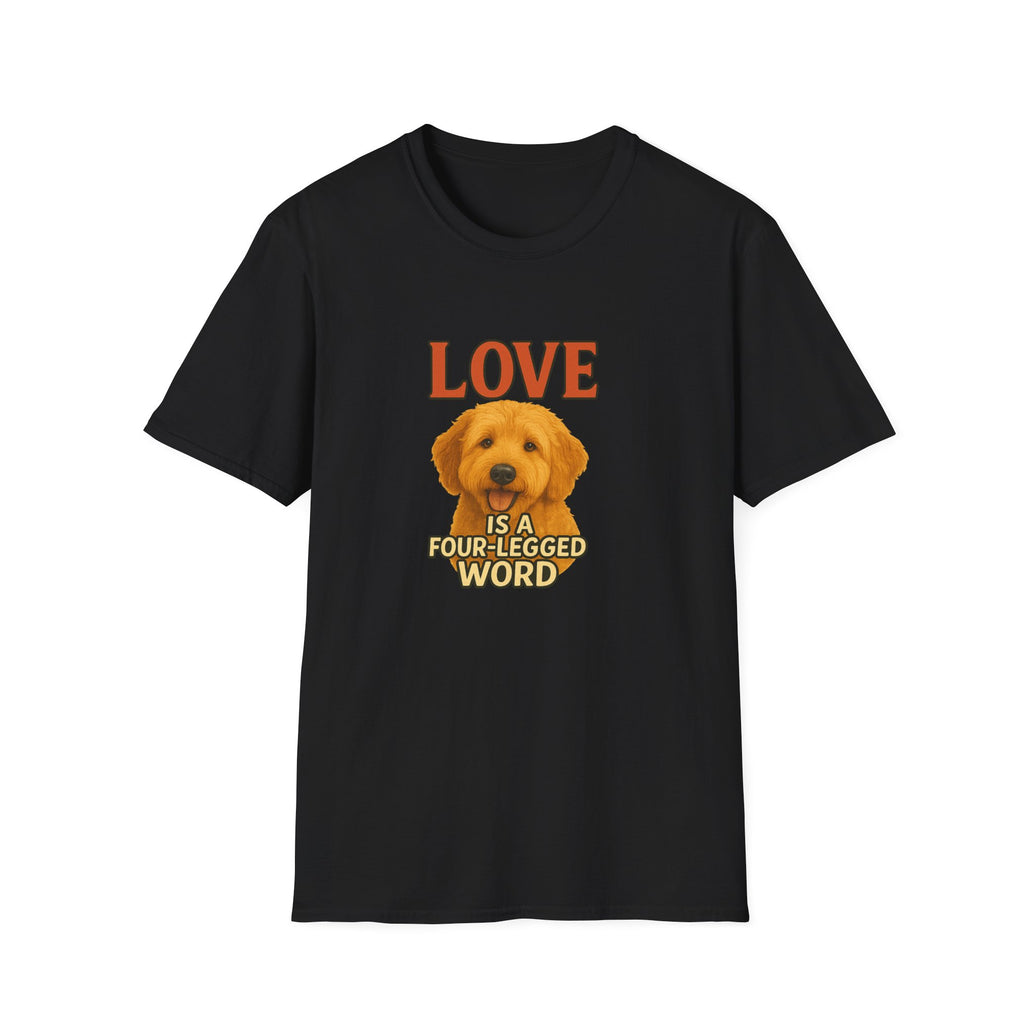
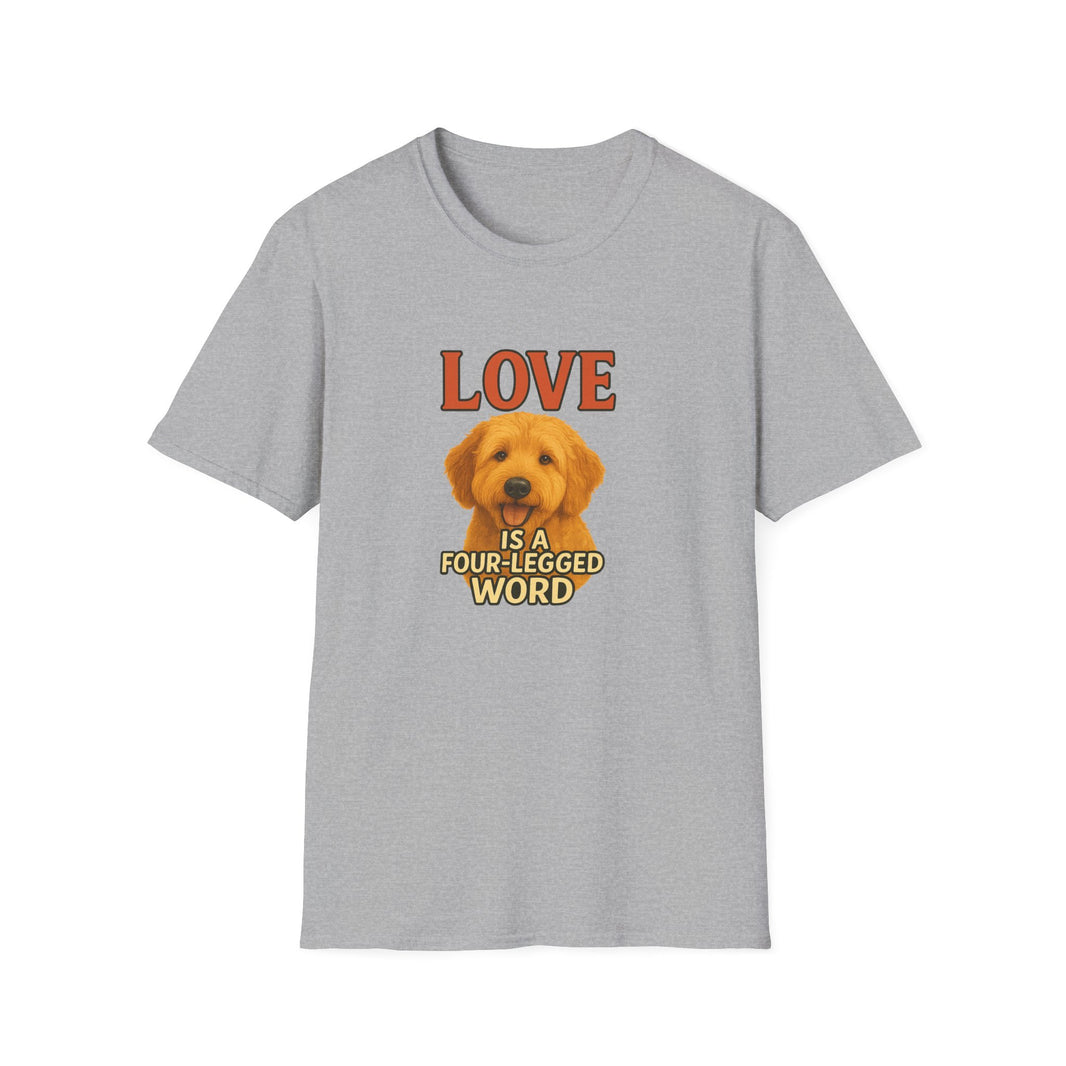






Leave a comment